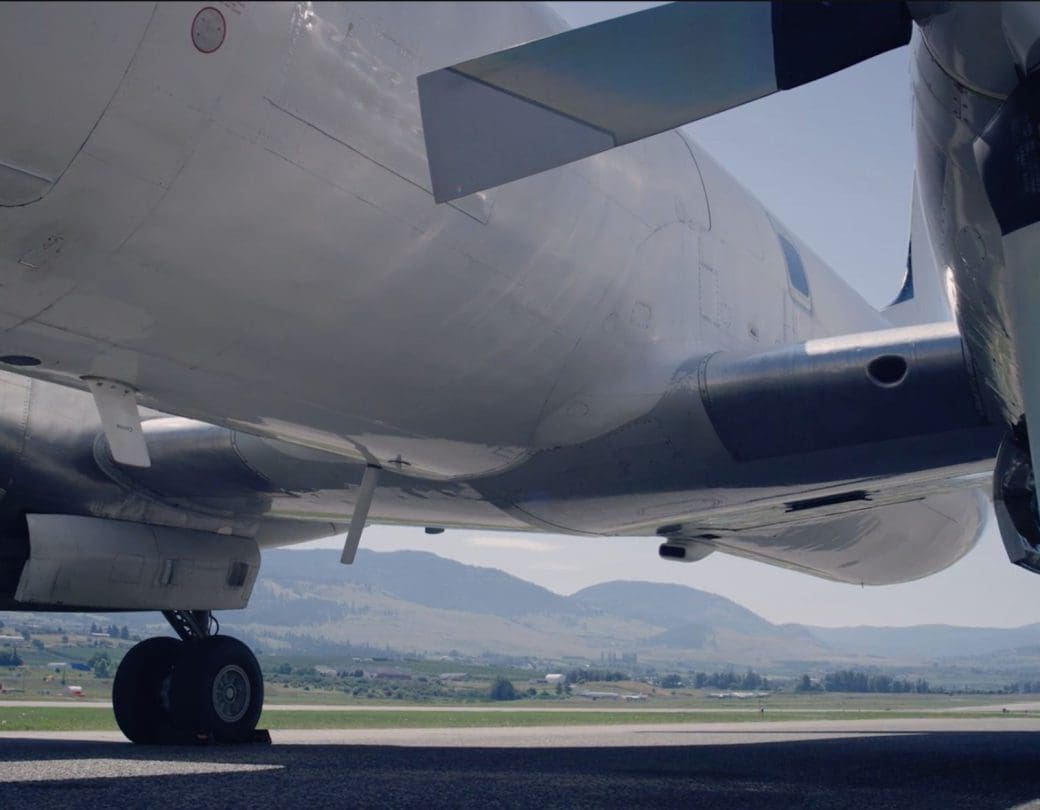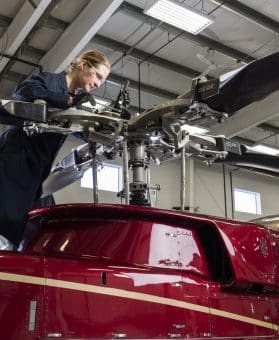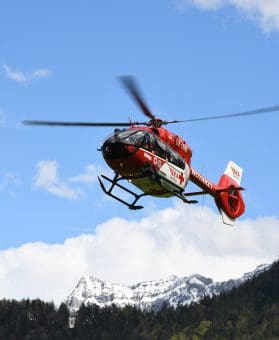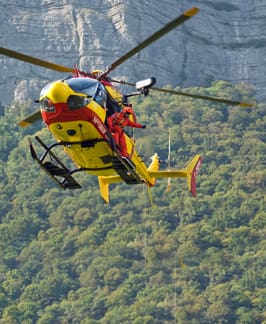WATCH
A desire for a new adventure became a professional calling for Paula Quinn and her work with Barry LaPointe and KF Aerospace. With the new KF Aerospace Center for Excellence and the company’s training of new local talent, she hopes others will find that same calling within the region’s thriving aviation industry.
As the largest commercial Maintenance Repair and Overhaul (MRO) operation in Canada, KF Aerospace has built an enviable reputation since 1970, servicing major airlines, corporate fleets and military aircraft from around the world. That is until they all stopped flying during the COVID-19 pandemic.
“The COVID-19 crisis really decimated the airlines,” says Grant Stevens, Vice President of Corporate Services. “Air Canada, WestJet and other customers were flying at 5% of their previous level. It was very, very difficult for them. I tell you, I’m really proud of the fact that four months into the pandemic, we still had all 1,100 employees working and getting paid full time.”
KF Aerospace employs about 800 people in BC, 200 in their newly expanded Hamilton, ON facility and about 100 at their flight training centre in Portage la Prairie, MB. In addition to aircraft engineering, maintenance and modifications, KF Aerospace also operates regular cargo charter services, leases aircrafts and operates a 22-year pilot training contract for the Royal Canadian Air Force.
“The government certainly helped us to financially weather the storm,” Stevens reports. “But we were able to maintain our staff by working with our customers to come up with some pretty innovative solutions to keep the work coming into the hangars, keep flying and to do the things needed to survive.”
“For example, we ended up with three passenger plane lease returns, so we are converting them over to cargo aircrafts. That’s where you take out the whole inside, put in a roller floor so you can move pallets of cargo around and install a big 10’ by 12’ cargo door. That’s one of the things we’ve been able to do.”
“We also talked to each airline and asked them, ‘Okay, what are your issues and what can we do to help you?’ We worked to give them more favourable rates and terms to incentivize them to bring their work in during the pandemic, rather than waiting until they got the green light to start flying again. That’s worked very well.”
“We believe it’s very important to have a strong feeder system into the aviation sector to make everybody that much better off in the long term. We do quite a bit of work with the colleges. We have strong partnerships with Okanagan College, Mohawk College in Hamilton and with Stephenson Aviation College, part of the Red River College group in Manitoba.”
“Okanagan College offers two different programs here in the Okanagan and one of their facilities is actually in one of our hangars. Students get an opportunity to work alongside us and see the work that happens right before their eyes. We have a real belief that home grown talent will stay home and I would guess that around 95% of students who graduate from these programs stay in the Okanagan Valley, which is a great thing.”

“I think there’s a strong future for aviation in the Okanagan, the Central Okanagan is home to about 18% of the province’s $1.8 billion aerospace sector.”


“We’ve also been working with UBCO. They have good engineering programs in a number of disciplines, and we’d like to see aerospace added. So, we’re working through the powers to try and bring that to fruition. And that helps develop intellectual property and makes all the aerospace companies much more valuable when you can develop and keep the brain trust in BC.”
Looking ahead, Stevens sees new possibilities for the industry. “I think one of the untapped opportunities is probably to be a parts manufacturer, parts supplier or repair depot, as around 50% of the aerospace business is in manufacturing aircrafts and our proximity to Seattle and Boeing is huge. The airport is also planning to open additional lands, creating more access to its runways, and I think that will spur new businesses to come to the Okanagan. I think the future is really quite bright.”
After overcoming the hardships of the pandemic, Stevens says the company isn’t taking its success for granted and is thankful for its ability to improvise, strategize and pivot.




